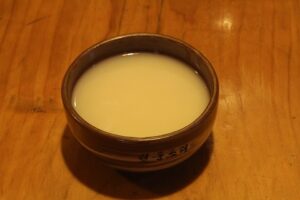Chillies are an essential spice that infuses dishes worldwide with their signature kick. With flavors ranging from fruity and sweet to scorching and intense, chillies are more than just a spice—they are a culinary experience. In this guide, we explore the top 10 most famous chillies from around the globe. We’ll delve into what makes each of these peppers unique, their origins, heat levels, and uses, from world-renowned spicy dishes to medicinal benefits. If you’re a hot pepper enthusiast or just starting to explore the world of heat, these chillies are ones you should know.
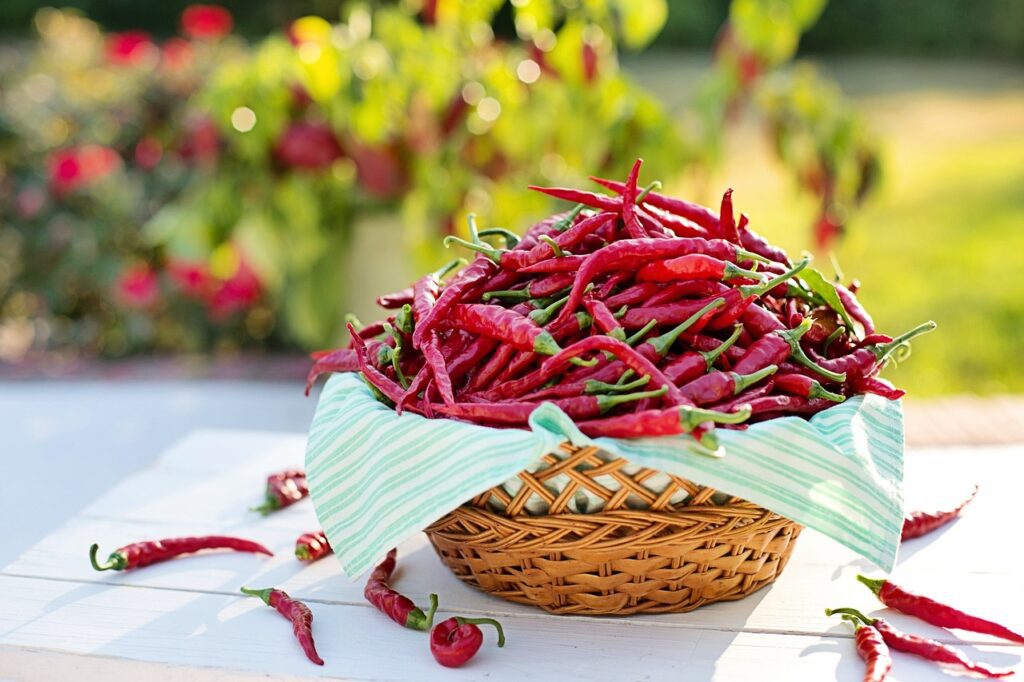 Pin
Pin Image by Jill Wellington from Pixabay
Table of Contents
1. Carolina Reaper: The World’s Hottest Pepper
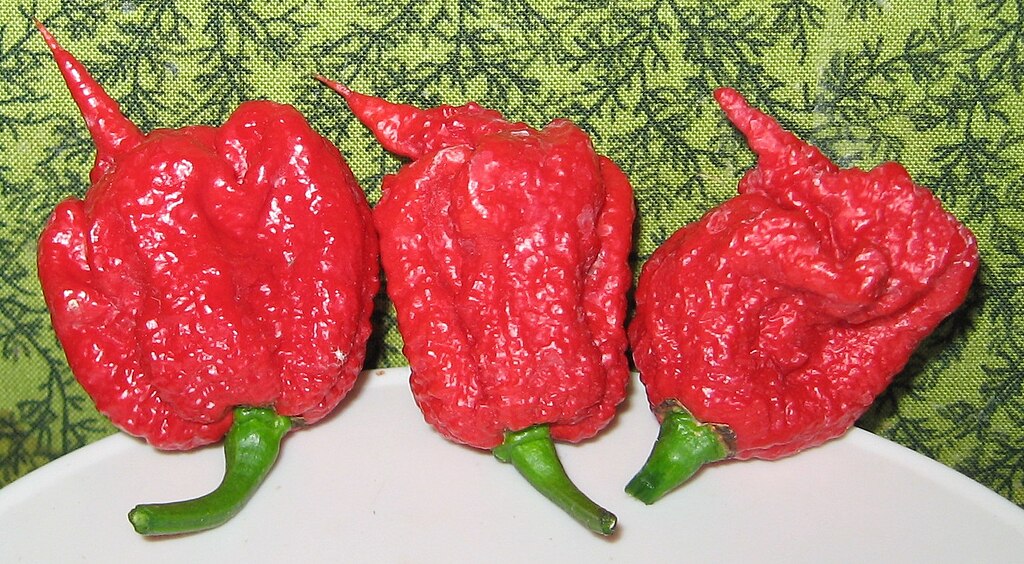 Pin
Pin Image source: Wikimedia Commons
- Origin: United States
- Heat Level: Up to 2.2 million Scoville Heat Units (SHU)
The Carolina Reaper, developed by Ed Currie in South Carolina, holds the title of the world’s hottest pepper. This pepper combines an intense, fruity sweetness with extreme heat. Its twisted, red appearance and tail-like shape make it instantly recognizable. This pepper is mostly used in sauces and spicy dishes, as even a small amount provides extreme heat.
- Uses: Hot sauces, culinary challenges, spicy condiments
- Fun Fact: Eating Carolina Reapers has become a viral internet challenge, with many attempting to withstand its intense heat.
2. Ghost Pepper (Bhut Jolokia): India's Fiery Gem
 Pin
Pin Image source: Wikimedia Commons
- Origin: India
- Heat Level: 800,000 – 1,041,427 SHU
The Ghost Pepper, or Bhut Jolokia, was once considered the world’s hottest pepper. Found in India, specifically in the northeastern states, this pepper is known for its powerful heat that builds gradually. It’s popular in Indian and Southeast Asian cuisine and has a smoky, earthy flavor that balances its fiery punch.
- Uses: Curries, pickles, chili powders
- Fun Fact: The Indian government has even used ghost peppers in non-lethal grenades for crowd control.
3. Habanero: The Fiery Orange Delight
 Pin
Pin Image source: Wikimedia Commons
- Origin: Amazon, Mexico, Caribbean
- Heat Level: 100,000 – 350,000 SHU
The Habanero pepper is small, vibrant, and packs a fiery punch. Originally from the Amazon region, it became a popular ingredient in Mexican and Caribbean dishes. Known for its citrusy and slightly floral flavor, the Habanero is a favorite among chefs looking to add heat without overwhelming other flavors.
- Uses: Salsas, marinades, hot sauces
- Fun Fact: Habaneros come in a variety of colors, from orange and red to white and even brown.
4. Scotch Bonnet: Caribbean Heat with a Sweet Twist
 Pin
Pin Photo by Terrance Barksdale from Pexel
- Origin: Caribbean
- Heat Level: 100,000 – 350,000 SHU
Named for its bonnet-like shape, the Scotch Bonnet is a popular pepper in Caribbean cuisine. Known for its fruity sweetness and intense heat, it adds depth to dishes like jerk chicken and pepper sauce. While it’s closely related to the Habanero, the Scotch Bonnet has a slightly different flavor profile, leaning more toward sweetness.
- Uses: Caribbean sauces, jerk seasoning, marinades
- Fun Fact: The Scotch Bonnet is a staple in Jamaican cuisine and is often used to make Scotch Bonnet pepper sauce.
5. Jalapeño: The Popular Mild Pepper
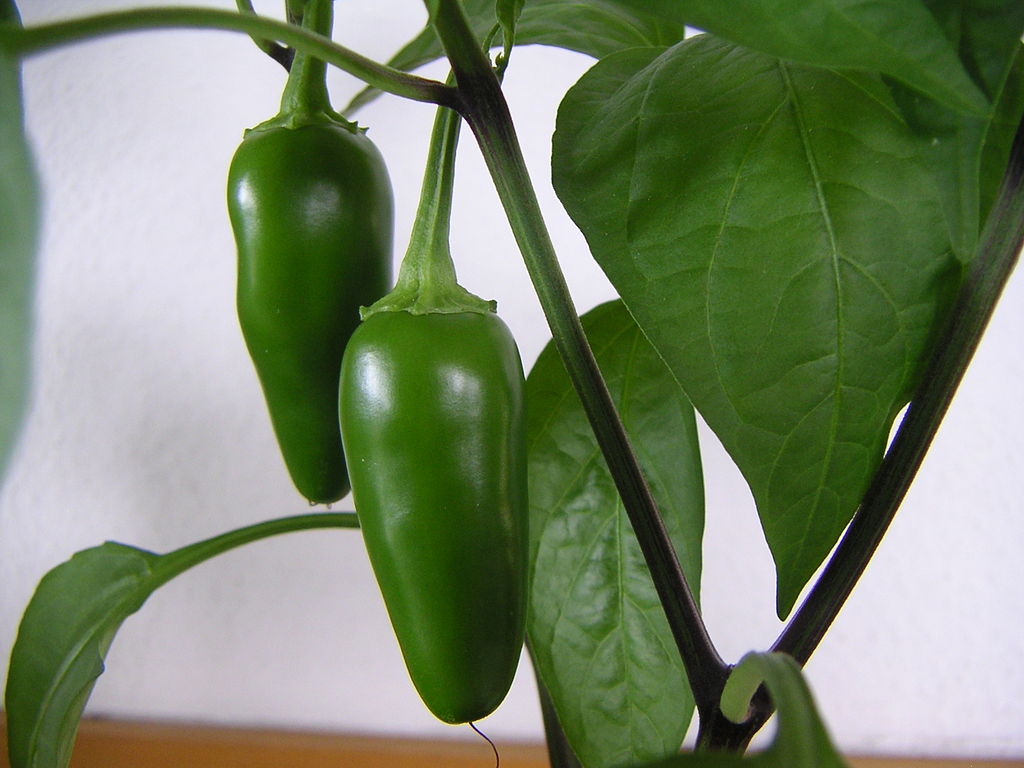 Pin
Pin Image source: Wikimedia Commons
- Origin: Mexico
- Heat Level: 2,500 – 8,000 SHU
The Jalapeño is perhaps one of the world’s most widely recognized peppers. Native to Mexico, it has a mild heat level and is often used fresh or pickled. Its versatility makes it a popular addition to a wide range of dishes, from tacos and nachos to salads and salsas. Jalapeños are also the base for chipotle, a smoky dried form of the pepper.
- Uses: Salsas, nachos, pizzas, pickles
- Fun Fact: The name Jalapeño comes from the town of Xalapa in Mexico, where it was originally cultivated.
6. Serrano Pepper: Mexican Spice with a Kick
 Pin
Pin Image source: Wikimedia Commons
- Origin: Mexico
- Heat Level: 10,000 – 23,000 SHU
Serrano peppers are another Mexican staple, smaller and hotter than Jalapeños. Known for their bright green color and sharp, crisp flavor, they are often used raw in salsas, pico de gallo, and guacamole. Serranos can also be roasted or cooked to mellow their heat, adding complexity to dishes.
- Uses: Salsas, guacamole, pickles
- Fun Fact: The Serrano pepper is named after the Sierra mountain region in Mexico.
7. Piri Piri (Bird's Eye Chili): African and Portuguese Flavor Powerhouse
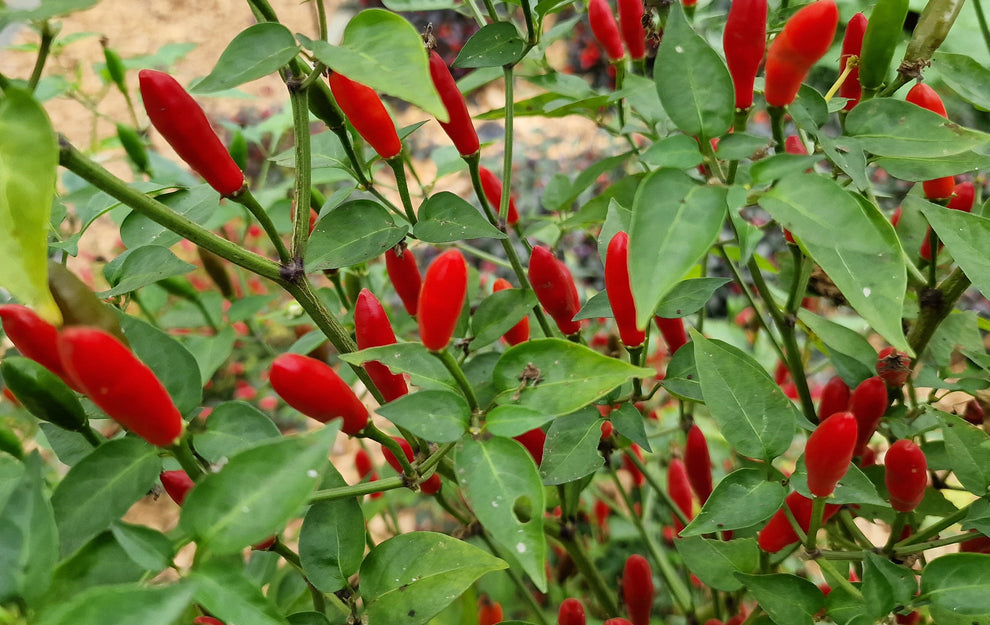 Pin
Pin Image source: southdevonchillifarm
- Origin: Africa, Portugal
- Heat Level: 50,000 – 175,000 SHU
Piri Piri, also known as Bird’s Eye Chili, is famous for its role in African and Portuguese cuisine. This tiny but mighty pepper brings a high level of heat and a unique flavor. It’s commonly used to make Piri Piri sauce, a fiery condiment for grilled chicken, seafood, and other dishes.
- Uses: Piri Piri sauce, marinades, spicy stews
- Fun Fact: Piri Piri means “pepper pepper” in Swahili and is a staple in Portuguese peri-peri chicken.
8. Cayenne Pepper: The Classic Spicy Addition
 Pin
Pin Image by Jill Wellington from Pixabay
- Origin: Central and South America
- Heat Level: 30,000 – 50,000 SHU
The Cayenne pepper is often ground into a powder and used as a seasoning in a variety of cuisines worldwide. Its moderate heat level makes it a great option for people who want to add a spicy kick without overwhelming other flavors. Cayenne is also popular in herbal medicine due to its potential health benefits.
- Uses: Spice blends, hot sauces, medicinal purposes
- Fun Fact: Cayenne is commonly used in detox drinks and health shots because it’s believed to boost metabolism.
9. Thai Chili (Bird's Eye Chili): Southeast Asia’s Fiery Favorite
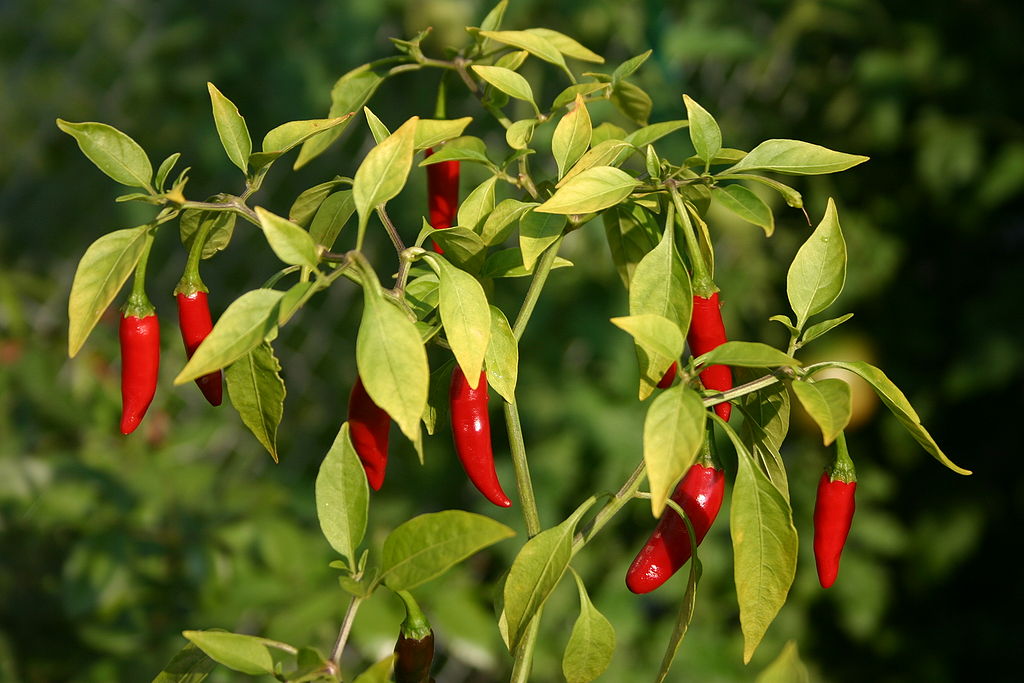 Pin
Pin Image source: Wikimedia Commons
- Origin: Thailand
- Heat Level: 50,000 – 100,000 SHU
Thai chilies, often referred to as Bird’s Eye Chilies, are a key ingredient in Thai, Vietnamese, and other Southeast Asian cuisines. These small peppers pack a fiery punch, often used fresh or dried to enhance the flavor and heat of curries, stir-fries, and salads.
- Uses: Curries, salads, dipping sauces
- Fun Fact: Thai chilies are traditionally used in “som tam,” a spicy Thai green papaya salad.
10. Anaheim Pepper: Mild and Flavorful Southwest Classic
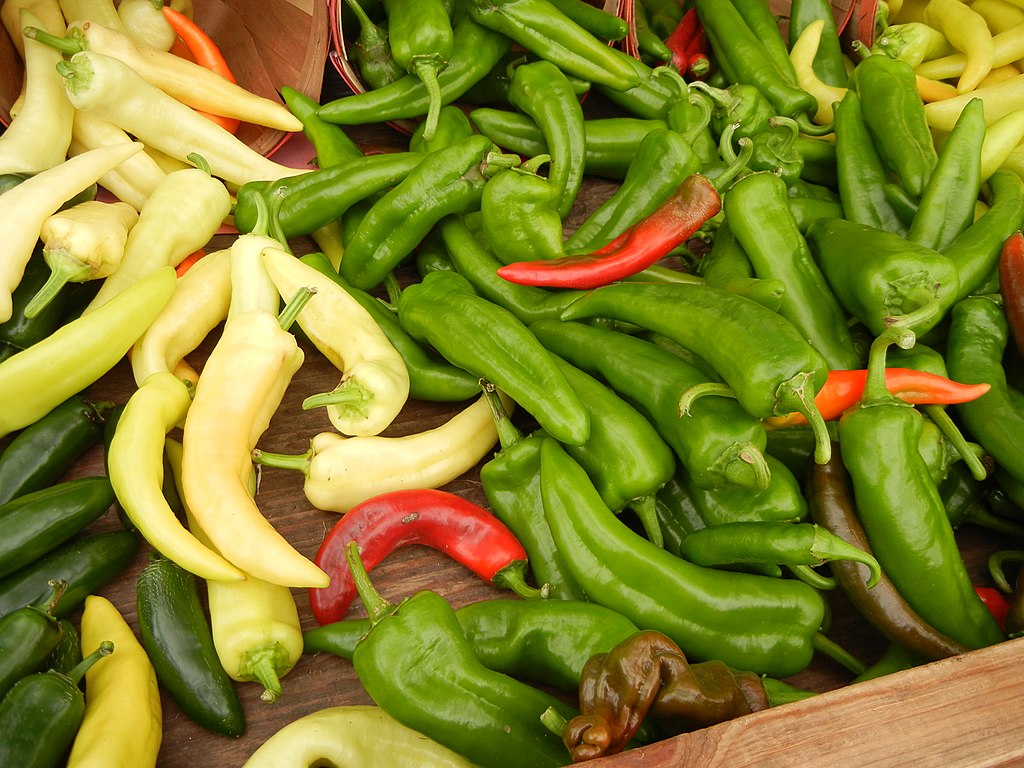 Pin
Pin Image source: Wikimedia Commons
- Origin: United States (California)
- Heat Level: 500 – 2,500 SHU
Anaheim peppers, named after the city of Anaheim in California, are one of the mildest peppers on this list. Their mild heat level makes them popular in Southwestern and Mexican-American dishes. Anaheim peppers are often roasted, stuffed, or used to make chiles rellenos, a popular Mexican dish.
- Uses: Chiles rellenos, salsas, sauces
- Fun Fact: The Anaheim pepper is also known as the New Mexico chili when grown in New Mexico, where it develops a distinct flavor.
Tips for Handling and Preparing Chili Peppers Safely
When working with chili peppers, safety is key. Here are some essential tips to keep in mind:
- Wear Gloves: The oils in chili peppers, especially hotter varieties, can irritate your skin and cause burning sensations. Wearing gloves protects your hands.
- Avoid Touching Your Face: It’s easy to forget and rub your eyes or face, which can lead to a painful burning sensation. Wash your hands thoroughly after handling peppers, even if you wore gloves.
- Use Proper Ventilation: When cooking with hot peppers, such as frying or roasting, the capsaicin can become airborne and cause coughing or eye irritation. Ensure your kitchen is well-ventilated.
- Start Small: When adding chili peppers to a dish, start with a small amount. You can always add more, but it’s hard to reduce the heat once it’s in.
Exploring Health Benefits of Chili Peppers
Chili peppers are not only flavorful but also packed with health benefits. Here’s how they can contribute to a healthier lifestyle:
- Boosts Metabolism: Capsaicin, the active compound in chilies, has been shown to increase metabolism, potentially aiding in weight loss.
- Rich in Vitamins and Minerals: Chili peppers are high in vitamins A and C, as well as potassium and magnesium.
- Anti-Inflammatory Properties: Capsaicin has natural anti-inflammatory effects, which may help reduce inflammation and pain in the body.
- Heart Health: Regular consumption of chili peppers has been linked to improved blood circulation and lower blood pressure.
- Improved Digestion: Contrary to popular belief, moderate consumption of chili peppers can aid digestion by increasing the production of digestive fluids.
Cooking Techniques to Bring Out the Best in Chili Peppers
Different cooking methods bring out unique flavors in chili peppers. Here are some techniques to try:
- Roasting: Roasting peppers brings out a smoky, caramelized flavor. This is especially popular with peppers like Anaheim, Poblano, and Jalapeño.
- Drying: Drying chilies like Cayenne and Thai chilies intensifies their heat and flavor, making them ideal for chili powders and flakes.
- Pickling: Pickling chilies, such as Jalapeños or Serranos, gives them a tangy, sour taste that works well in salsas and as toppings for sandwiches or tacos.
- Fermenting: Fermenting chilies is often used for making hot sauces, as it mellows the heat and adds a complex, tangy depth of flavor.
- Blending into Sauces: Peppers like Habanero and Scotch Bonnet are excellent when blended into sauces, adding both flavor and heat without overwhelming the dish.
Pairing Chili Peppers with Different Cuisines
Each chili pepper brings a distinctive flavor profile that pairs well with certain cuisines:
- Mexican Cuisine: Peppers like Jalapeño, Serrano, and Ancho are staples in Mexican cooking, used in salsas, sauces, and traditional dishes.
- Thai Cuisine: Thai Bird’s Eye chilies add intense heat and depth to Thai curries, stir-fries, and salads.
- Indian Cuisine: Ghost Pepper (Bhut Jolokia) is used sparingly in Indian cuisine, particularly in pickles, curries, and spicy chutneys.
- Caribbean Cuisine: Scotch Bonnet peppers are a favorite in Caribbean cooking, where they bring their fruity heat to jerk marinades and pepper sauces.
- American Cuisine: Mild Anaheim peppers and Jalapeños are commonly used in American Southwest and Tex-Mex dishes, adding just the right amount of heat.
How to Store and Preserve Chili Peppers
To make the most of your chili peppers, proper storage is essential. Here’s how to keep them fresh:
- Refrigeration: Fresh chili peppers can last up to two weeks in the refrigerator. Keep them in a breathable produce bag to prevent moisture buildup.
- Freezing: Chili peppers can be frozen whole or chopped, retaining their flavor for up to six months.
- Drying: For longer storage, dry your chili peppers by air-drying or using a dehydrator. Once dried, they can be stored in an airtight container for several months.
- Canning or Pickling: Pickling peppers extends their shelf life, adding a tangy flavor. This method works well for milder peppers like Jalapeños and banana peppers.
- Making Chili Paste: For easy use, blend fresh or dried chili peppers into a paste. Store it in the refrigerator or freeze it in small portions for future use.
Popular Dishes to Try with Different Chili Peppers
If you’re looking for ways to use different types of chili peppers, here are some iconic dishes to inspire you:
- Jalapeño Poppers: A popular appetizer, these are stuffed with cheese, coated in breadcrumbs, and fried to a crispy finish.
- Scotch Bonnet Jerk Chicken: A Caribbean classic, jerk chicken is marinated in a spicy blend that includes Scotch Bonnet for an authentic flavor.
- Ghost Pepper Curry: A daring dish for heat lovers, this spicy curry incorporates Ghost Pepper for an intense, smoky heat.
- Thai Green Curry: Made with Bird’s Eye chili, this Thai staple offers a perfect balance of heat, sweetness, and coconut richness.
- Piri Piri Chicken: Portuguese-African fusion at its best, Piri Piri chicken is marinated in a tangy, spicy sauce made with Piri Piri chilies.
Some More Fun Facts About Chili Peppers
- Chilies are Fruits: Botanically, chili peppers are fruits because they develop from the flower of the plant and contain seeds.
- Oldest Cultivated Spice: Archaeologists have found evidence that chili peppers were cultivated as far back as 6,000 years ago in Central and South America.
- Capsaicin as a Defense Mechanism: The spicy compound capsaicin evolved as a natural defense mechanism to deter animals from eating chili plants.
- Heat Levels Can Vary: The heat of a chili pepper can fluctuate based on factors like growing conditions, soil, and climate.
- Spicy Foods Can Release Endorphins: The brain releases endorphins in response to the “pain” of spicy foods, which is why some people get a “chili high.”
Conclusion
The world of chili peppers is vast and exciting, each pepper bringing its own unique flavor and heat to the table. The mild Anaheim and the fiery Carolina Reaper, there’s a chili for everyone. Experimenting with different chillies allows you to add complexity to your dishes, discover new flavors, and even tap into potential health benefits.
















